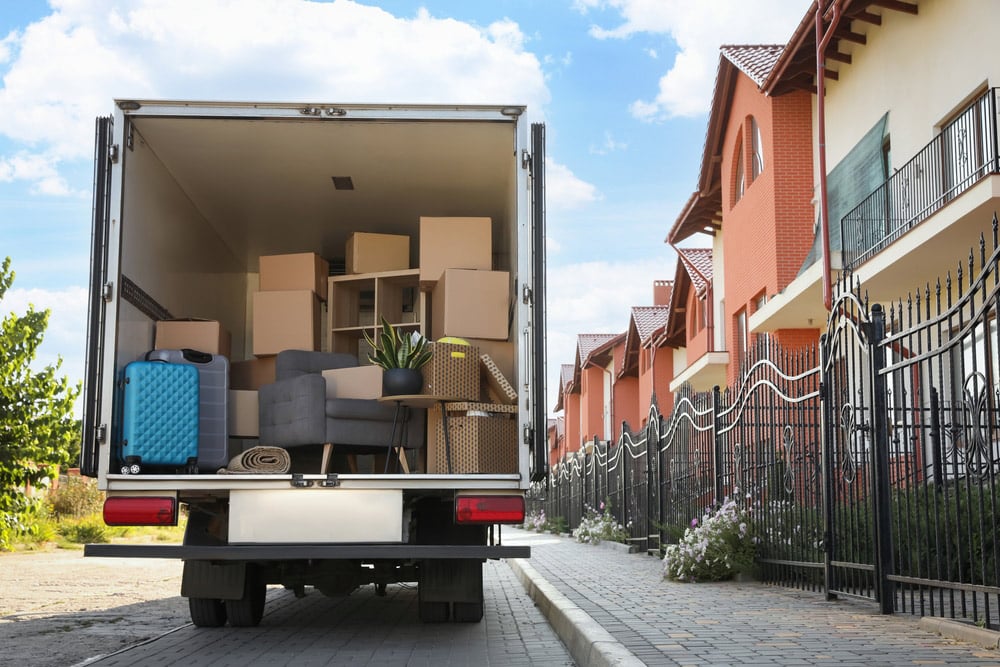If you’re getting ready for an interstate move, you probably have a lot of concerns ahead.
This article offers a fresh look at how to handle long-distance moving effectively.
Let’s dive into the world of interstate relocation and uncover what it really takes to move to another state.
Why Moving Across States Requires Special Planning
When you cross state lines, your move falls under federal regulations, typically overseen by the FMCSA (Federal Motor copyright Safety Administration).
For example, some states have agricultural checks, item bans, or specific rules on transporting vehicles.
Understanding the scope of an interstate move prepares you to budget more accurately, manage your time better, and set realistic expectations for delivery and setup.
Finding the Perfect Cross-State Moving Partner
Selecting the right interstate moving company is crucial for a successful relocation. Start by checking for proper licenses and insurance—legitimate companies must have a USDOT number issued by the Department of Transportation.
Compare not just the price, but also the included services: Does the quote cover packing, loading, unloading, insurance, and delivery timeframes?
Taking time to vet your moving company can save you stress, money, and avoidable delays.
Understanding Interstate Moving Price Calculations
Another key factor is the weight or volume of your shipment; heavy or bulky loads increase both transport and handling fees.
For long-distance moves, some companies offer flat rates, while others charge per pound or cubic foot. Make sure you understand the pricing model before signing.
For example, if your home requires movers to carry boxes up multiple flights of stairs, or if truck access is limited by narrow roads or urban restrictions, extra fees may apply.

How to Plan and Organize Your Interstate Move
Break tasks into weekly checklists: research movers, declutter your belongings, gather packing materials, and notify schools, banks, and utilities.
Decide what to sell, donate, or discard to reduce weight and save on moving costs. Less volume often translates to lower transport fees, so decluttering pays off.
This ensures you’re comfortable and organized even if your shipment is delayed or you need time to unpack.
Understanding Your Moving Options
Not all Quanto custa uma mudança na mesma cidade? interstate moving services are the same, and understanding your options helps you choose wisely.
This can be more affordable but requires more personal effort.
Understanding your specific needs ensures you select the best option for a smooth and cost-effective interstate relocation.

How to Prevent Problems During an Interstate Move
Booking early not only secures better pricing but also gives you time to research and prepare properly.
Hiring unlicensed companies or falling for low-ball quotes can lead to scams, damaged goods, or lost belongings.
Lastly, poor packing leads to headaches.
How to Reduce the Cost of a Long-Distance Move
To cut costs on interstate moving, start by downsizing.
Next, compare quotes carefully.
Pack non-fragile items, disassemble simple furniture, or transport valuables in your own vehicle.
Wrapping Up Your Interstate Moving Journey
From selecting a mover to managing costs, each choice shapes the outcome of your move.
Investing time in research, comparing services, and preparing in advance pays off during a long-distance relocation.
Best of luck on your journey to a new home!
FAQ About Interstate Moving
How can I save money on an interstate move?
Comparing multiple quotes and moving during off-peak seasons also helps lower costs.
How early should I book an interstate moving company?
Last-minute bookings often come with limited availability and higher prices.
What should I leave out of my moving boxes?
Properly disposing or transporting restricted items yourself avoids legal and safety issues.
How is interstate moving insurance calculated?
You can purchase full-value protection for higher-value items or third-party insurance for extra peace of mind.
How do I know where my shipment is?
Ask your company about their communication methods and tracking options.
Comments on “Optimizing Moving Across State Lines for Businesses”